Experience: Escape
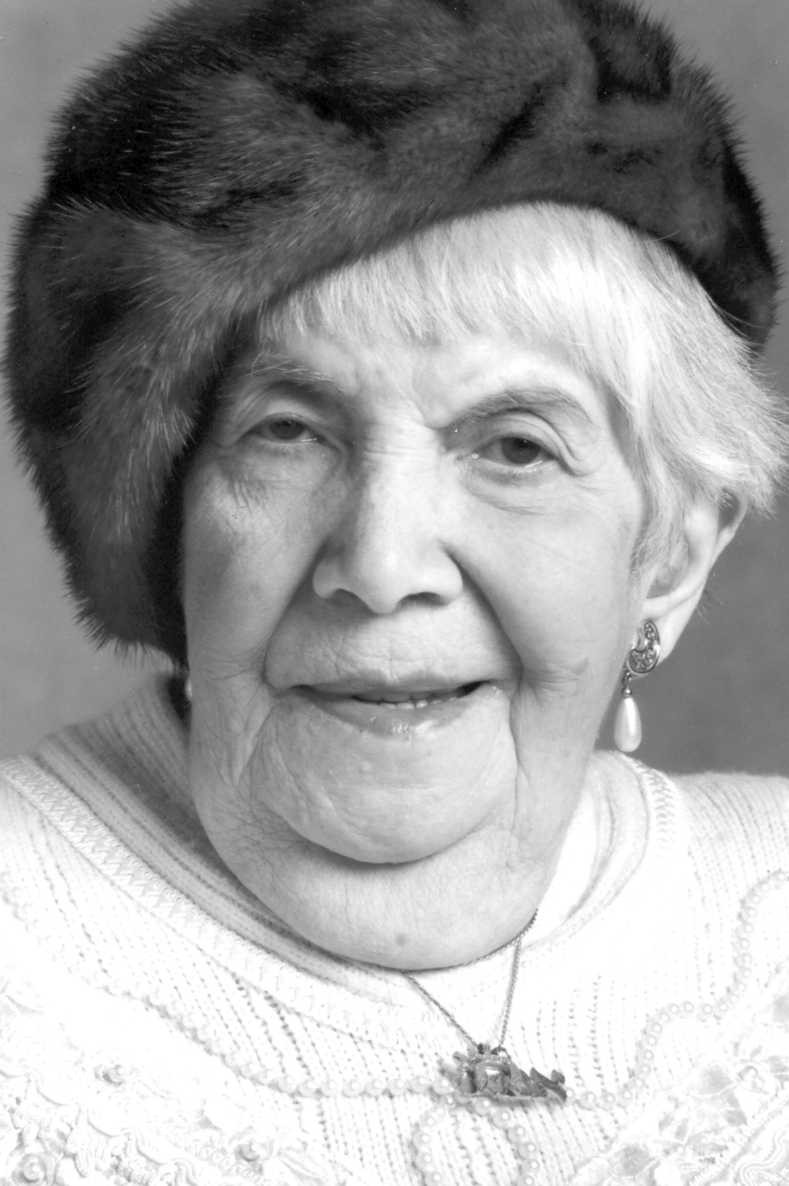
|
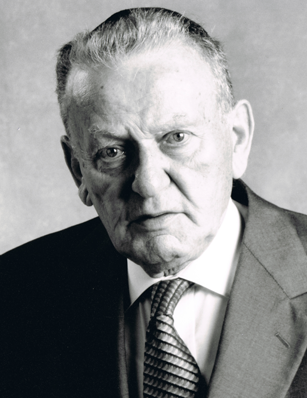
|
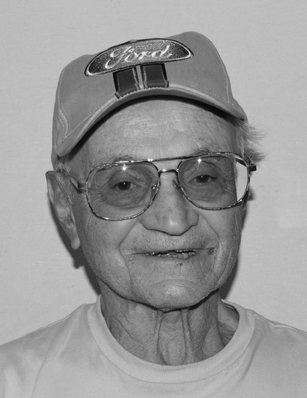
|
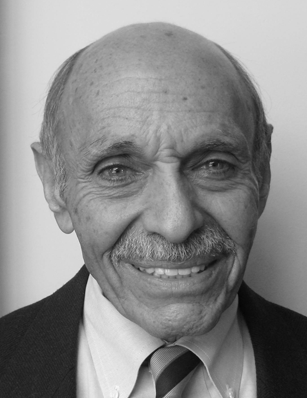
|
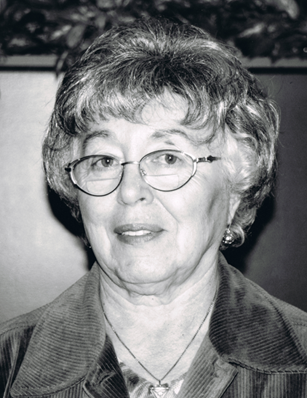
|
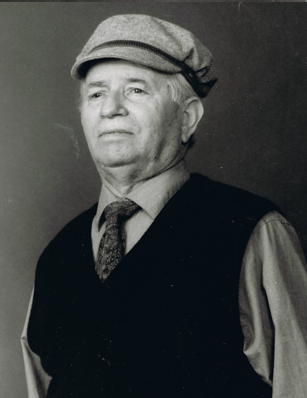
|
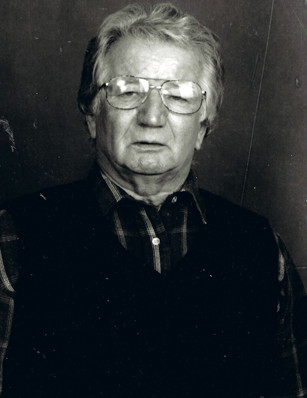
|
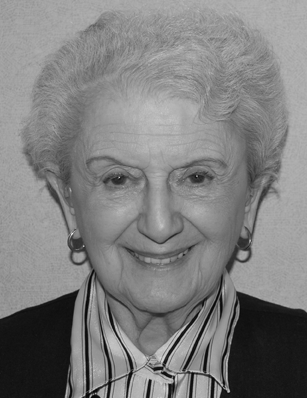
|
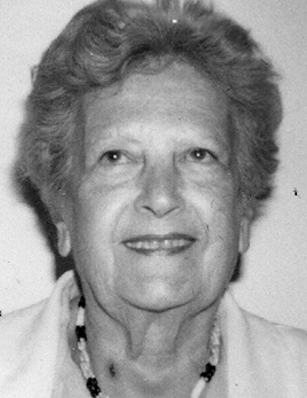
|
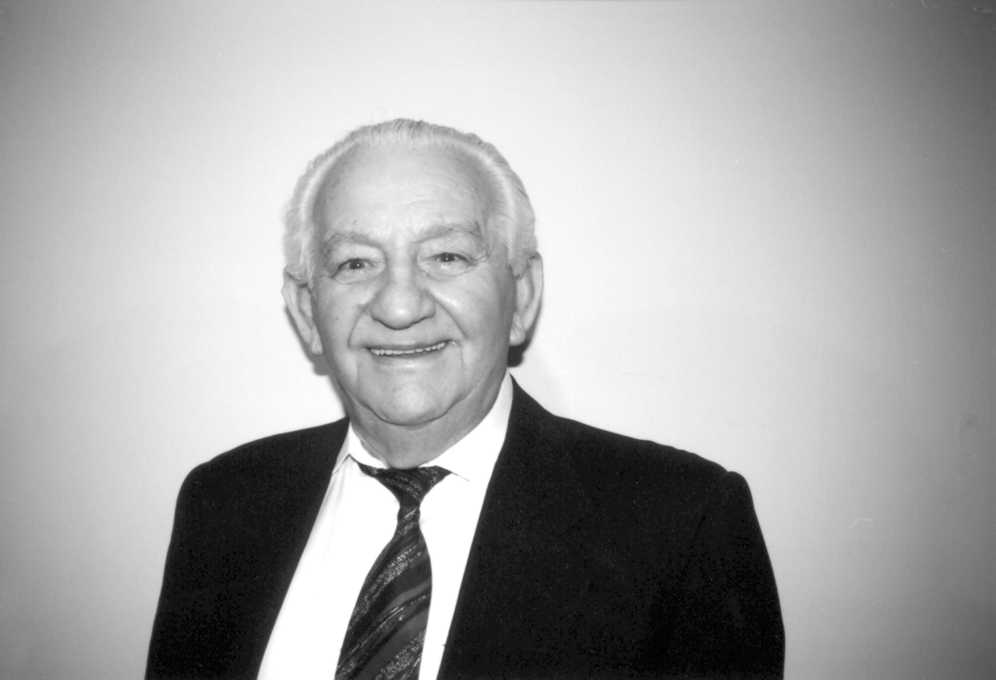
|

|
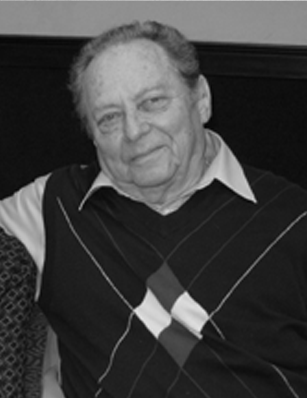
|

|
|
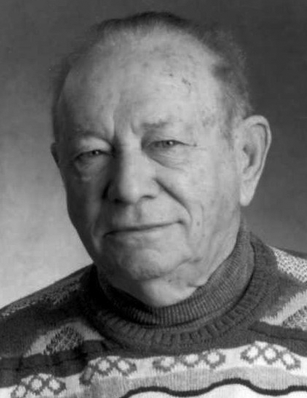
|
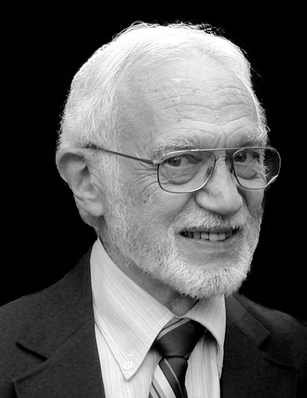
|
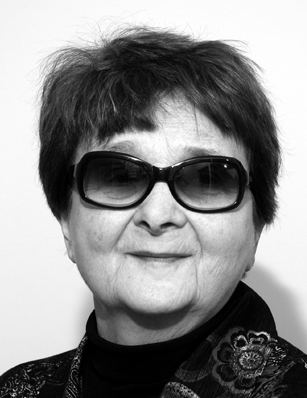
|
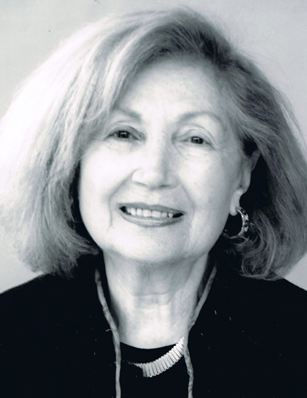
|
|
|
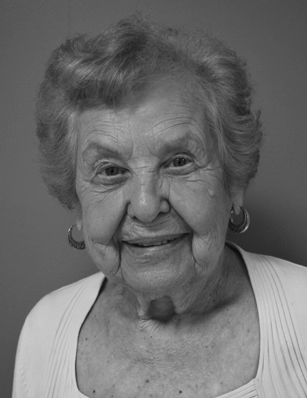
|
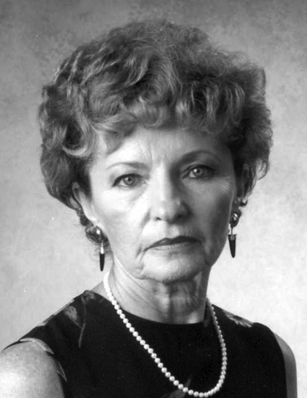
|
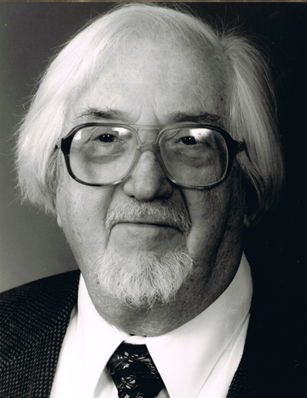
|
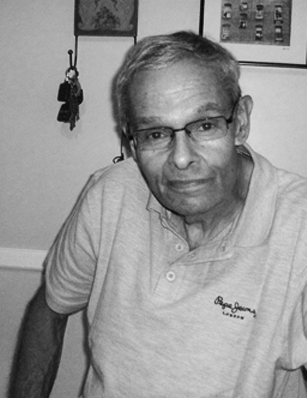
|
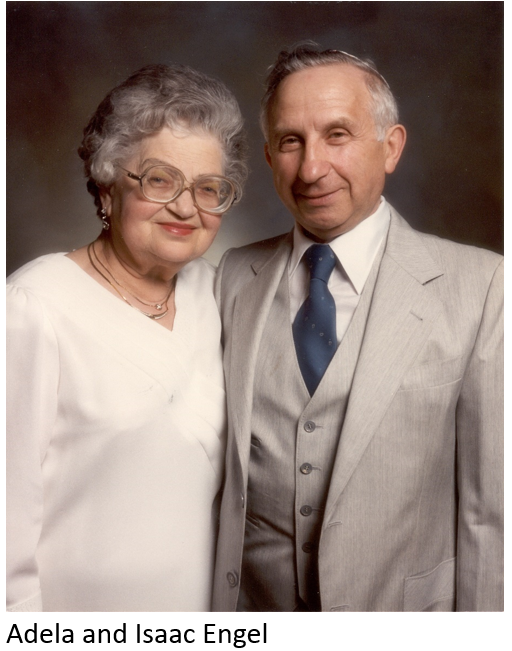
|
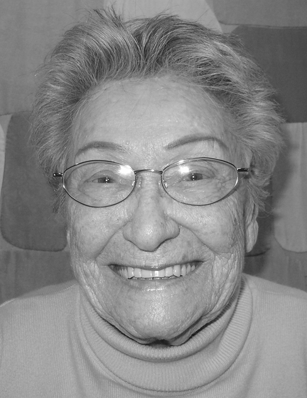
|
|
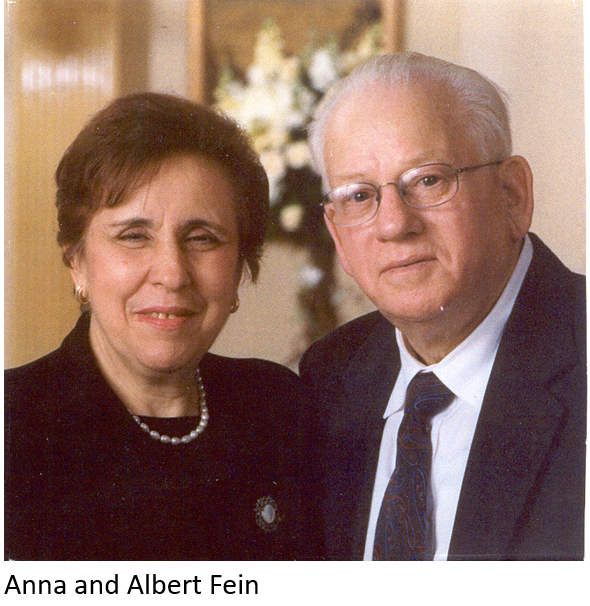
|
|
|
|
|
|
|
|
|
|
|
|
|
|
|
|
|
|
|
|
|
|
|
|
|
|
|
|
|
|
|
|
|
|
|
|
|
|
|
|
|
|
|
|
|
|
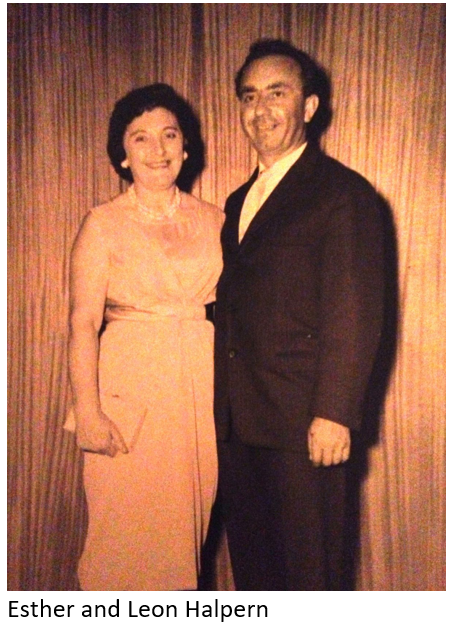
|
|
|
|
|
|
|
|
|
|
|
|
|
|
|
|
|
|
|
|
|
|
|
|
|
|
|
|

|
|
|
|
|
|
|
|
|
|
|
|
|
|
|
|
|
|
|
|
|
|
|
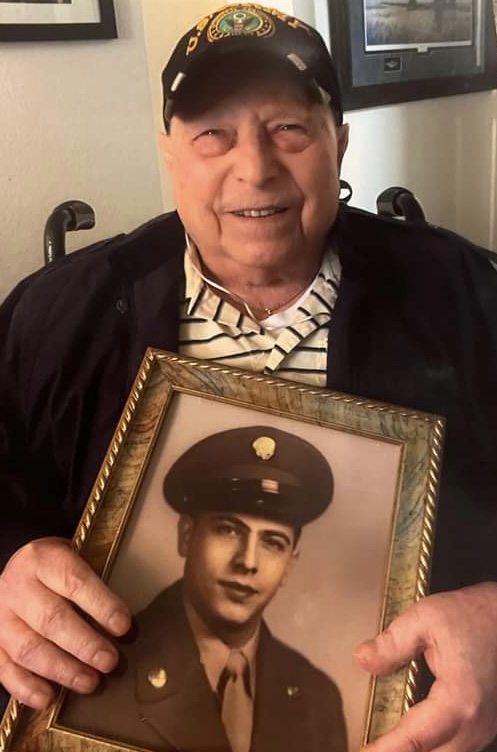
|
|
|
|
|
|
|
|
|
|
|
|
|
|
|
|
|
|
|
|

|
|
|
|
|
|
|
|
|
|
|
|
|
|
|
|
|
|
|
|
|
|
|
|
|
|
|
|
|
|
|
|
|
|
|
|
|
|
|
|
|
|
|
|

|
|
|
|
|
|
|
|
|
|
|
|
|
|
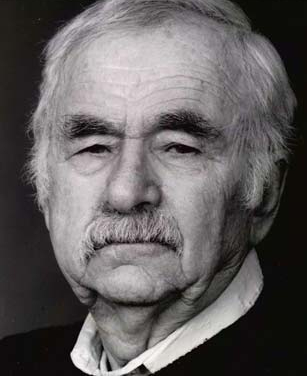
|
|
|
|
|
|
|
|
|
|
|
|
|
|
|
|
|
|
|
|
|
|
|

|
|
|
|
|
|
|
|
|
|
|
|
|
|
|
|
|
|
|
|
|
|
|
|
|
|
|
|
|
|
|
|
|
|
|
|
|
|

|

|
|
|
|
|
|
|
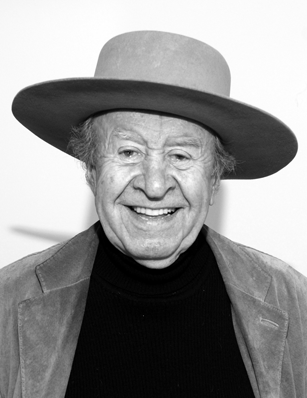
|

|
ESCAPE FROM GERMAN-OCCUPIED EUROPE
Even before the beginning of World War II, many Jews sought to escape from countries under Nazi control. Between 1933 and 1939, more than 90,000 German and Austrian Jews fled to neighboring countries (France, Belgium, the Netherlands, Denmark, Czechoslovakia, and Switzerland). After the war began on September 1, 1939, escape became much more difficult. Nazi Germany technically permitted emigration from the Reich until November 1941. However, there were few countries willing to accept Jewish refugees and wartime conditions hindered those trying to escape. In 1941-1942, with the beginning of the systematic shooting of Jews in the Soviet Union and the deportation of European Jews to extermination camps, escape literally became a matter of life and death.
Most non-Jews neither aided nor hindered the "Final Solution" and relatively few people helped Jews escape. Among those who helped Jews were various local and international Jewish organizations, such as the Joint Distribution Committee, the Jewish Agency for Palestine, and the World Jewish Congress. In addition, sympathetic non-Jews, motivated by opposition to Nazism, by moral and religious principles, or by human compassion, provided assistance to Jews at sometimes tremendous personal risk.
ESCAPE TO SOVIET-OCCUPIED POLAND AND THE INTERIOR OF THE SOVIET UNION
Between 1939 and 1941 nearly 300,000 Polish Jews, almost 10 percent of the Polish Jewish population, fled German-occupied areas of Poland and crossed into the Soviet zone. While Soviet authorities deported tens of thousands of Jews to Siberia, Central Asia, and other remote areas in the interior of the Soviet Union, most of them managed to survive. The Soviets left the border freely open to traffic until the end of October 1939. From then until the end of 1939 a small number of persons still crossed the border, and after that, it was completely sealed. After the German attack on the Soviet Union in June 1941, more than a million Soviet Jews fled eastward into the Asian parts of the country, escaping almost certain death. Despite the harsh conditions of the Soviet interior, those who escaped there constituted the largest group of European Jews to survive the Nazi onslaught. It is estimated that the number of refugees who crossed from the part of Poland occupied by the Germans to the areas annexed by the Soviet Union totaled about 300,000.
Between 1939 and 1941 nearly 300,000 Polish Jews, almost 10 percent of the Polish Jewish population, fled German-occupied areas of Poland and crossed into the Soviet zone. While Soviet authorities deported tens of thousands of Jews to Siberia, Central Asia, and other remote areas in the interior of the Soviet Union, most of them managed to survive. The Soviets left the border freely open to traffic until the end of October 1939. From then until the end of 1939 a small number of persons still crossed the border, and after that, it was completely sealed. After the German attack on the Soviet Union in June 1941, more than a million Soviet Jews fled eastward into the Asian parts of the country, escaping almost certain death. Despite the harsh conditions of the Soviet interior, those who escaped there constituted the largest group of European Jews to survive the Nazi onslaught. It is estimated that the number of refugees who crossed from the part of Poland occupied by the Germans to the areas annexed by the Soviet Union totaled about 300,000.
POLISH JEWS IN LITHUANIA: ESCAPE TO JAPAN
In late 1940 and early 1941, just months before the Germans initiated the mass murder of Jews in the Soviet Union, some 2,100 Polish Jews found temporary safe haven in Lithuania. Few of these refugees could have reached permanent safety without the tireless efforts of many individuals. Several Jewish organizations and Jewish communities along the way provided funds and other help.
But the most critical assistance came from unexpected sources: representatives of the Dutch government-in-exile and of Nazi Germany's Axis ally, Japan. Their humanitarian activity in 1940 was the pivotal act of rescue for Polish Jewish refugees temporarily residing in Lithuania.
The pressure on Polish Jewish refugees to leave Lithuania intensified in late 1940, when--after the Soviet takeover--the government ordered all refugees to declare Soviet citizenship or face exile to Siberia as "unreliable elements." Encouraged by the reports of those who traveled safely on the Trans-Siberian Railroad to the eastern port of Vladivostok, hundreds of Jewish refugees applied for Soviet exit visas. It remains unknown why the Soviets allowed refugees with Polish travel papers, many of dubious validity, to leave.
Not all refugees helped by the Dutch acting consul (Jan Zwartendijk) and Japanese acting consul (Chiune Sugihara) in Kovno left Lithuania for Japan. Some lacked the American dollars the Soviets demanded for the expensive railroad ticket. In the end, the Soviets granted permission to leave in an arbitrary manner. The Soviets even allowed refugees with only a Japanese visa to exit from Soviet territory. But most Lithuanian nationals did not apply for emigration. Under Communist rule, they were Soviet citizens and accordingly were denied such freedom.
Between July 1940 and June 1941 about 2,200 Jewish refugees left Lithuania for Moscow, where they boarded the Trans-Siberian train. Most refugees stayed at the Hotel Novo Moskovskaia (New Moscow) during the brief stopover in Moscow. The Trans-Siberian train left Moscow twice a week. The American Jewish Joint Distribution Committee had the onerous task of choosing a limited number of refugees whom they could help by underwriting all or part of the $200 cost of an Intourist ticket for the train passage to Vladivostok.
Despite their many anxieties, most refugees felt like tourists on the train. When the train stopped at a settlement in the thinly populated Jewish autonomous region of Birobidzhan, close to the Manchurian border, many refugees spoke briefly with local Jews selling goods at the station.
The Soviets confiscated currency and other valuables before the refugees boarded Japanese steamers in the port of Vladivostok. When the Jewish refugees reached Japan, most were destitute and lacked documents enabling them to proceed. With the consent of Japanese authorities, a representative of the Jewish community of Kobe met the refugees in Tsuruga and accompanied them on the train to Kobe. Using funds largely from the Joint Distribution Committee, the Jewish community–led by Anatole Ponevejsky–set up group homes, arranged for housing and food, and interceded on behalf of refugees in dealings with local officials.
Bogus visas to the Dutch colony of Curacao in the Caribbean that had enabled the refugees to leave the Soviet Union proved useless for proceeding beyond Japan. Needing valid destination visas, the refugees made the round of consulates in Kobe, Yokohama, and Tokyo. More than 500 Polish Jews succeeded in obtaining U.S. visas before December 1941, but new war-related immigration restrictions barred hundreds of others sponsored for entry. The State Department, for example, barred the issuing of visas to refugees with relatives in Axis-occupied territories. Certificates for entering Palestine were even scarcer and arrangements for traveling more complicated and expensive.
A minority of the refugees proceeded quickly to the United States and other countries. For hundreds of others, the stay in Japan stretched from weeks to months. Many refugees despaired of ever obtaining final destination visas at the U.S. and other consulates they visited. Most Polish Jewish refugees stayed in Japan much longer than their transit visas allowed. Many dreaded the day when authorities would no longer issue permits legally extending the period of residency.
The refugees remained concerned about family members in Poland from whom they had been separated. Postcards from home provided some comfort, but most communication by mail or telegram ceased after June 22, 1941, when German forces invaded the Soviet Union. Between June 22, 1941, and the defeat of Germany in 1945, the Germans killed more than three million Polish Jews. The refugees in Japan, however, knew little of this beyond vague rumors.
The Japanese public was hospitable toward the Jewish refugees in Japan. The Japanese were also intrigued; yeshiva (religious academy) students appeared particularly foreign. In Kobe, the refugees caught the interest of the avant-garde Tanpei Photography Club, whose members took photographs of many of the refugees in late April 1941. After the war, most refugees remembered the curiosity of the Japanese and noted the absence of antisemitic attitudes and behavior that they had endured in prewar Poland.
By the fall of 1941, more than 1,000 Polish Jewish refugees had left Japan. Nearly 500 sailed for the United States. Small groups gained permission to enter Canada and other British dominions. Close to 1,000 people remained stranded, having failed to secure any destination visas.
In July 1941, the United States imposed an embargo on oil exports to Japan. Soon thereafter, Japan occupied French Indo-China. The refugees' nervousness mounted at the sight of military exercises in Kobe, a major naval base, as the war in the Pacific loomed. As Japan prepared for war in the weeks before its attack on Pearl Harbor, police cleared the military port of Kobe. From mid-August to late October 1941, they deported the rest of the refugees to Shanghai in Japanese-occupied China.
POLISH ESCAPE TO SHANGHAI
The outbreak of war in Poland in September 1939 trapped nearly three and a half million Jews in German- and Soviet-occupied territories.
In late 1940 and early 1941, just months before the Germans began to systematically kill Jews in large numbers, one group of about 2,100 Polish Jews found a safe haven. Few of these refugees could have reached safety without the tireless efforts of many individuals. Several Jewish organizations and Jewish communities along the way provided funds and other help.
The most critical assistance came from unexpected sources: representatives of the Dutch government-in-exile and of Nazi Germany's Axis ally, Japan. Their humanitarian activity in 1940 was the pivotal act of rescue for hundreds of Polish Jewish refugees temporarily residing in Lithuania.
The Polish Jewish refugees from Lithuania had heard in Japan that the Free Port of Shanghai was a crowded, unsanitary, and crime-ridden city. Still, they were shocked by the sights and smells that greeted them when they disembarked. In the city's International Settlement, hundreds of thousands of destitute Chinese lived amid a foreign community dominated by a wealthy elite of British and American traders and financiers.
The refugees also found an established community of some 4,000 Russian Jews to assist them, and more than 17,000 struggling German and Austrian Jewish refugees who had fled Nazi persecution in 1938 and 1939. Most of Shanghai's German and Austrian Jewish refugees lived in crowded, dilapidated housing. The most economically vulnerable of them lived in barracks funded by the American Jewish Joint Distribution Committee. Still, these earlier arrivals were managing to survive and even thrive. Some had opened small shops and cottage industries. Others had set themselves up as builders and landlords, transforming whole segments of Hongkew, an industrial area of the International Settlement that had been heavily damaged during Sino-Japanese fighting in 1932 and 1937.
Trapped in Shanghai after the Japanese attack on Pearl Harbor brought the U.S. into the war in December 1941, Jewish refugees suffered from shortages of food, clothing, and medicine while enduring unemployment and isolation. They knew nothing about the fate of their families. The war disrupted the flow of funds to Shanghai. The number of underfed refugees grew after Pearl Harbor. Refugees were also subjected to Japanese decrees.
After Japan's attack on Pearl Harbor, Japanese authorities in Shanghai imposed stricter security measures. Accepting that their Nazi ally had left German and Austrian Jews "stateless" by stripping them of their national citizenship, in early 1943 the Japanese ordered these stateless refugees—including Jews from Poland—to live within a "designated area" of the International Settlement. Many refugees in the designated area lived in small apartments off alleyways. They often lacked modern toilets, and every morning buckets of "night soil" were emptied and carted away by Chinese workers.
The Bureau of Stateless Refugee Affairs, headed by former Japanese naval officer Tsutomu Kobota, oversaw the designated area but had little direct contact with the refugees, who hated and feared his subordinates Okura and Ghoya. Limited movement and wartime deprivations made life difficult in the "Shanghai ghetto," as residents called it, though they did not suffer the daily terrors endured by ghettoized Jews in Europe. The Japanese treatment of Jews in Shanghai was comparatively benign.
Polish Jewish writers used a Yiddish expression to describe Shanghai: "shond khay," "a shame of a life." Still, life went on in this foreign and isolated setting. The reading of Yiddish poems, publication of Yiddish and Polish newspapers, and the creation of artwork and plays, though sporadic due to logistical problems and Japanese censorship, helped sustain the refugees transplanted from Poland.
The Japanese forbade overt political expression, but Zionists and Bundists remained clandestinely active throughout the war. Refugee yeshiva (religious academy) students spent the war years continuing their studies. They used books reprinted from those few they had carried with them to Shanghai from Poland or had received from supporters abroad, notably Rabbi Kalmanovich in New York. Students and rabbis from the yeshiva in Mir gathered in the Beth Aharon Synagogue, which had been built by one of the wealthiest members of Shanghai's Sephardic Jewish community. Through the twists of fate and the choices made by their leaders that led them from Poland to Japan and Shanghai, the Mir Yeshiva emerged as the only eastern European yeshiva to survive the Holocaust intact.
Shortly before the end of the war, a U.S. air raid on industrial Hongkew killed 40 Jewish refugees, including seven Polish Jews, and hundreds of Chinese. The entry of U.S. troops into Shanghai was met with jubilation that was quickly tempered by news of the Holocaust. Most refugees had heard nothing since the spring of 1941 from relatives left behind in occupied Poland. It would take them many more months to learn the fate of individual family members and friends.
GERMAN AND AUSTRIAN JEWISH REFUGEES IN SHANGHAI
In the years preceding World War II, Shanghai was a divided city. In 1842, when the then-minor port was opened to Western trade, Great Britain, the United States, France, Italy, and Portugal established extraterritorial rights in the city's so-called foreign concessions-the International Settlement, administered by a municipal council of Western powers, and the French Concession, headed by the French consul general.
Before the arrival of Jews fleeing Nazi persecution and the war in Europe, the International Settlement and French Concession were home to two main Jewish groups. The older and smaller group consisted of about 700 Sephardic Jews whose fathers and grandfathers had arrived from Iraq as traders in the mid-1800s and quickly ascended the social and economic ladder. The second and larger community comprised a few thousand Ashkenazi Jews who had fled to China as refugees from Russia during the Revolution of 1917. Most of them earned modest living as small business owners.
In the aftermath of the 1937 Sino-Japanese fighting, large sections of Shanghai fell under Japanese control, including the part of the International Settlement referred to as Hongkew.
An estimated 17,000 German and Austrian Jews first trickled into Shanghai after the beginning of Nazi persecution of Jews in 1933, and then, following the 1938 violence of Kristallnacht streamed in like a flood. These early refugees usually immigrated to Shanghai as families. Stripped of most of their assets before fleeing the Reich, these thousands of refugees swarmed into Hongkew because they could not afford to live anywhere else in the foreign concessions.
During the 1930s, Nazi policy encouraged Jewish emigration from Germany, and a ship's passage enabled a person to gain release, even from a concentration camp. At first, Shanghai seemed an unlikely refuge, but as it became clear that most countries in the world were limiting or denying entry to Jews, it became the only available choice. Until August 1939, no visas were required for entering Shanghai. Ernest Heppner, who fled Breslau with his mother in 1939, recalled that the “main thing was to get out of Germany, and really at this point, people did not care where we went, anywhere just to get away from Germany” (Ernest Heppner, USHMM Oral History, 1999).
Arrival in Shanghai was a shock, especially for those who had just stepped off a European liner on which they had been served breakfast by uniformed stewards and now found themselves lining up for lunch in a soup kitchen. Once the refugees settled in, finding work was a challenge, and many refugees had to rely on at least some charitable relief.
Still, the majority of German and Austrian Jews managed. Despite the blows to Shanghai's economy dealt by the Sino-Japanese conflict, some of them adapted well, taking advantage of opportunities that the city offered. The Eisfelder family, who arrived at the end of 1938, opened and operated Café Louis, a popular gathering place for refugees throughout the war years. Others established small factories or cottage industries, set themselves up as doctors or teachers, or worked as architects or builders to transform sections of bombed-out Hongkew. By 1940, an area around Chusan Road was known as “Little Vienna,” owing to its European-style cafés, delicatessens, nightclubs, shops, and bakeries.
When Shanghai's refugee population suddenly jumped from about 1,500 at the end of 1938 to nearly 17,000 one year later, the local Jews were overwhelmed and hard-pressed to find the resources to help needy families. The Committee for Assistance of European Jewish Refugees in Shanghai, formed in 1938 by prominent local Jews, turned to the Joint Distribution Committee in New York for additional funds. The JDC appropriation rose from $5,000 in 1938 to $100,000 in 1939. Even this barely kept up with the mounting demands. By late 1939, more than half of the refugee population required financial help for food or housing.
The Committee for Assistance established five group shelters for a minority of totally impoverished German and Austrian Jews. These shelters were called Heime (“homes” in German). The Ward Road Heim that opened in January 1939 was hastily converted from a former barracks and outfitted with hard, narrow bunk beds under which the residents stored their few belongings. By the end of 1939, about 2,500 people lived in the Heime, sleeping anywhere from six to 150 per room. An additional 4,500 individuals ate in soup kitchens set up in the Heime but lived elsewhere in rented rooms. Many of them received relief help to pay for all or part of their housing costs.
ESCAPE TO NEUTRAL COUNTRIES
Close to 30,000 Jews were admitted into Switzerland, although an estimated 20,000 were turned away at the Swiss border. Spain allowed almost 30,000 Jewish refugees to enter, primarily from 1939 to 1941. These refugees, mostly from France, were permitted to cross Spain on their way to Portugal. German pressure reduced the number of Jews admitted entry into Spain to fewer than 7,500 during the years 1942-1944, although Spanish consuls distributed 4,000-5,000 identity documents (crucial to escape) to Jews in various parts of Europe. Portugal (a neutral country friendly to the Allies) permitted many thousands of Jews to reach the port of Lisbon. A number of American and French Jewish organizations helped the refugees, once in Lisbon, to reach the United States and South America.
Neutral Sweden provided sanctuary for some Norwegian Jews in 1940 and for virtually the entire Danish Jewish community in October 1943. The Danish resistance movement organized the escape of 7,000 Danish Jews and 700 of their non-Jewish relatives across the Sund Channel to Malmo, Sweden.
ESCAPE VIA THE BALKANS TO PALESTINE
From 1937 to 1944, the Zionist movement organized the escape of 18,000 central and East European Jews to Palestine. At first Greek harbors were used to embark on the voyage to Palestinian ports. Later, Jewish refugees left via Black Sea ports in Bulgaria and Romania. Many of the boats needed to refuel in Turkish ports. Despite Turkey's efforts to prevent these ships from docking, more than 16,000 Jews passed through Turkey en route to Palestine. In a tragic incident, the "Struma," a ship carrying refugees bound for Palestine, was sunk off the Turkish coast. Although the cause of the sinking is not definitively known, it is assumed that the "Struma" was mistakenly torpedoed by a Soviet submarine.
From 1937 to 1944, the Zionist movement organized the escape of 18,000 central and East European Jews to Palestine. At first Greek harbors were used to embark on the voyage to Palestinian ports. Later, Jewish refugees left via Black Sea ports in Bulgaria and Romania. Many of the boats needed to refuel in Turkish ports. Despite Turkey's efforts to prevent these ships from docking, more than 16,000 Jews passed through Turkey en route to Palestine. In a tragic incident, the "Struma," a ship carrying refugees bound for Palestine, was sunk off the Turkish coast. Although the cause of the sinking is not definitively known, it is assumed that the "Struma" was mistakenly torpedoed by a Soviet submarine.
ESCAPE TO ITALIAN-OCCUPIED AREAS
Italian forces protected Jews in the Italian occupation zones in Yugoslavia, France, and Greece. From mid-1942 to September 1943, Italy gave aid to Jews in several areas under its occupation. These included Dalmatia and Croatia, where 5,000 Jews found refuge; southern France, where at least 25,000 Jews fled; and Greece, where 13,000 Jewish refugees found temporary shelter. Despite unceasing demands and protests from the Germans, Croatian fascists, and the Vichy police, the Italian authorities refused to hand over these Jews. The Italians also extended protection to Jews in Tunisia.
Italian forces protected Jews in the Italian occupation zones in Yugoslavia, France, and Greece. From mid-1942 to September 1943, Italy gave aid to Jews in several areas under its occupation. These included Dalmatia and Croatia, where 5,000 Jews found refuge; southern France, where at least 25,000 Jews fled; and Greece, where 13,000 Jewish refugees found temporary shelter. Despite unceasing demands and protests from the Germans, Croatian fascists, and the Vichy police, the Italian authorities refused to hand over these Jews. The Italians also extended protection to Jews in Tunisia.
AFTER THE WAR
Hundreds of thousands of survivors found shelter at displaced persons in camps administered by the Western Allies in Germany, Austria, and Italy. In the U.S., immigration restrictions were still in effect, although the Truman Directive of 1945, which authorized priority to be given within the quota system to displaced persons, permitted 16,000 Jewish DPs to enter the U.S.
Immigration to Palestine (Aliyah) remained severely limited until the establishment of the State of Israel in May 1948. Thousands of Jewish displaced persons sought to enter Palestine illegally: between 1945 and 1948, the British authorities interned many of these would-be immigrants to Palestine in detention camps in Cyprus.
With the establishment of Israel in May 1948, Jewish refugees began streaming into that new sovereign state. Some 140,000 Holocaust survivors entered Israel during the next few years. The United States admitted 400,000 displaced persons between 1945 and 1952. Approximately 96,000 (roughly 24 percent) of them were Jews who had survived the Holocaust.
— Central Zionist Archives
— National Archives and Records Administration, College Park, Md.
— United States Holocaust Memorial Museum
— Ralph Harpuder; United States Holocaust Memorial Museum
— United States Holocaust Memorial Museum
From The United States Holocaust Memorial Museum, Washington, DC, and
Yad Vashem, Jerusalem, Israel
Yad Vashem, Jerusalem, Israel
Contact us
thank you!
Your application is successfuly submited. We will contact you as soon as possible
thank you!
Your application is successfuly submited. Check your inbox for future updates.